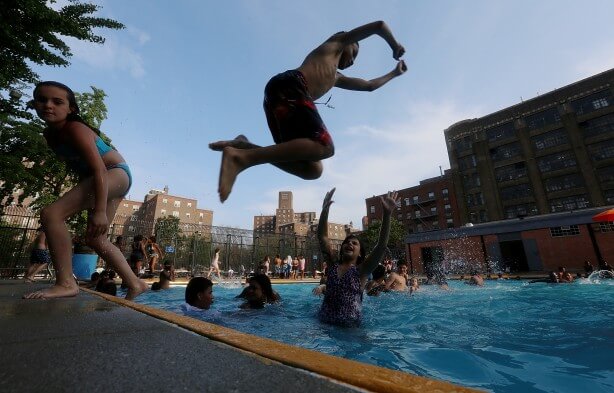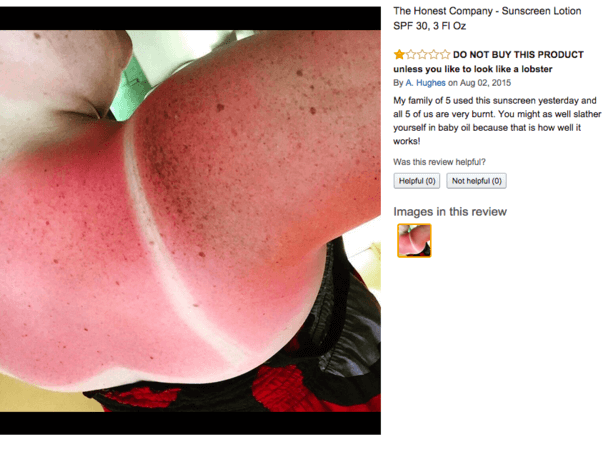Public pools are a New Yorker’s favorite summer spot, but are they actually clean? Swimming is the fourth most popular recreational activity in the United States according to the CDC and the first most popular with youths between 7 to 17 years old. With so many people trying to escape the scorching NYC weather Metro checked to see if public pool cleanliness was at risk. The most important sanitation levels of the following chemicals were tested: free chlorine/bromine and pH. By inserting a chemical checking pool strip into the water you can have your answer to cleanliness in 30 seconds. More than one in 10 pool inspections had disinfectant level violations, according to the CDC. This means that chlorine, pH and other pool chemicals were not at the levels necessary to protect swimmers against the spread of germs in the water. Did NYC pools make the cut?
Hamilton Fish Park Pool
Hamilton had a chlorine level of 3 to 6 ppm, deemed a stable and average level for public pools. Their pH level, however, was low at 6.4.
A low pH level can cause eye irritation, skin irritation and pipe corrosion. The CDC recommends a pH level between 7.2 and 7.8 — the pH range of a swimmer’s body.
McCarren Park Pool
McCarren fared fine in the pH department with a level of 7.6. However, the free chlorine/bromine level was 5 to 10 ppm. This is a higher amount than the 1 to 2 and 3 to 6 levels the testing kit recommends. The CDC recommends a chlorine level between 1 to 3 ppm. High chlorine levels result in, you guessed it, irritation. If inhaled water with high chlorine level can burn the nasal and throat passages and cause minor skin rashes.
While high chlorine levels contribute to this stinging sensation, chlorine binding to waste and sweat byproducts can increase the irritation according to the CDC. Astoria Park Pool
Astoria had a pH level of 7.2 ppm, which was also between the CDC-recommended 7 to 8 ppm. Contrary to McCarren, Astoria’s free chlorine/bromine level was low at between 0.5 and 1 and 1 to 2 ppm. Low chlorine levels are caused by sunlight, debris, dirt and material from swimmer’s bodies, said the CDC. That’s why public pools have to close down for an hour each day to clean the pools again and maintain these levels. Since chlorine and pH are the first defense against fighting germs in pool water, low chlorine could hinder this process, making it take longer. Overall, the NYC pools were low and high in some levels that may raise slight concern but not so low that a pool goer has to fret over falling incredibly ill. A midday rebalancing of chemicals should set everything straight, but to keep yourself and others safe from getting rashes, burning eyes or — the worst — diarrhea, the CDC recommends the following: If you have a complaint about unsanitary public pool conditions you can file a report through the City of New York’s official website.
Metro tested three of the most popular public pools in NYC to see if their cleanliness was up to par. McCarren Park pool in Brooklyn, Hamilton Fish Park Pool in the Lower East Side and Astoria Park Pool in Queens were all tested.
Are NYC public pools clean?

Getty Images














